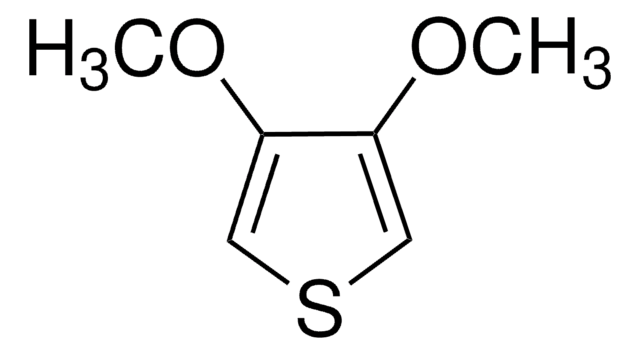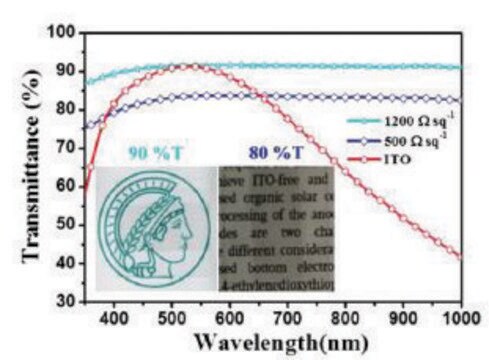483028
3,4-Ethylenedioxythiophene
97%
Synonyme(s) :
2,3-Dihydrothieno[3,4-b]-1,4-dioxin, EDOT
About This Item
Produits recommandés
Essai
97%
Indice de réfraction
n20/D 1.5765 (lit.)
pb
193 °C (lit.)
Densité
1.331 g/mL at 25 °C (lit.)
Température de stockage
2-8°C
Chaîne SMILES
C1COc2cscc2O1
InChI
1S/C6H6O2S/c1-2-8-6-4-9-3-5(6)7-1/h3-4H,1-2H2
Clé InChI
GKWLILHTTGWKLQ-UHFFFAOYSA-N
Catégories apparentées
Description générale
Application
It can be used:
- As a reductant in a one-pot synthesis of gold nanoparticles from HAuCl4 (254169).
- As a starting material used in palladium-catalyzed mono- and bis-arylation reactions.
- In the synthesis of conjugated polymers and copolymers, with potential optical applications.
Mention d'avertissement
Danger
Mentions de danger
Conseils de prudence
Classification des risques
Acute Tox. 3 Dermal - Acute Tox. 4 Oral - Eye Irrit. 2
Code de la classe de stockage
6.1C - Combustible acute toxic Cat.3 / toxic compounds or compounds which causing chronic effects
Classe de danger pour l'eau (WGK)
WGK 2
Point d'éclair (°F)
219.2 °F - closed cup
Point d'éclair (°C)
104 °C - closed cup
Équipement de protection individuelle
Eyeshields, Faceshields, Gloves, type ABEK (EN14387) respirator filter
Faites votre choix parmi les versions les plus récentes :
Déjà en possession de ce produit ?
Retrouvez la documentation relative aux produits que vous avez récemment achetés dans la Bibliothèque de documents.
Les clients ont également consulté
Articles
Conjugated polymers offer charge transport between inorganic, electrically conducting metals and organic, proton-conducting biological systems.
Global Trade Item Number
| Référence | GTIN |
|---|---|
| 483028-10G | 4061838084583 |
Notre équipe de scientifiques dispose d'une expérience dans tous les secteurs de la recherche, notamment en sciences de la vie, science des matériaux, synthèse chimique, chromatographie, analyse et dans de nombreux autres domaines..
Contacter notre Service technique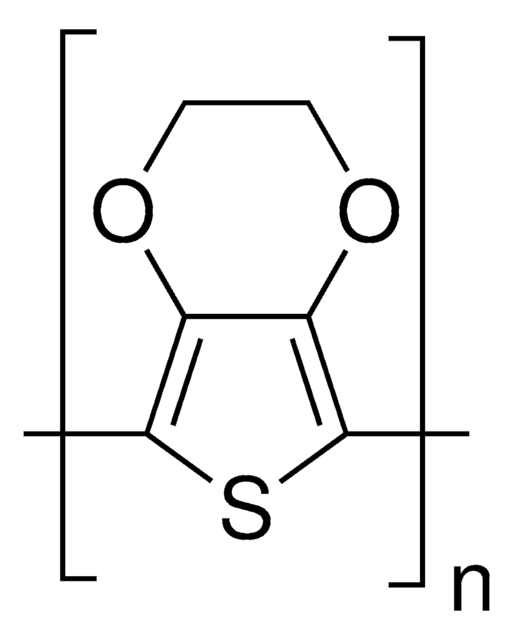
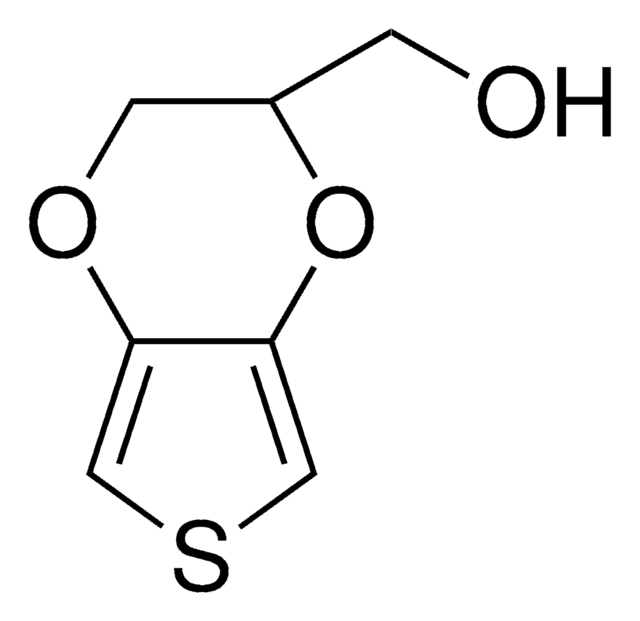

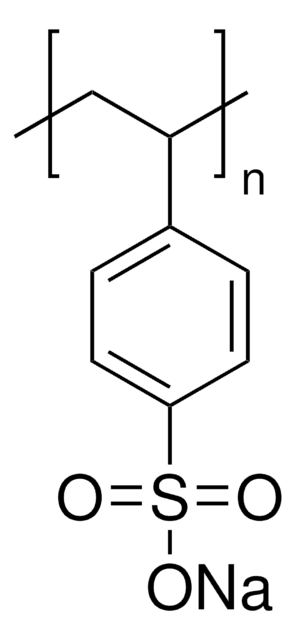

![2-Chloromethyl-2,3-dihydrothieno[3,4-b]-1,4-dioxine 95%](/deepweb/assets/sigmaaldrich/product/structures/422/187/4cc7b858-9e06-4ce2-8d39-d817b8313964/640/4cc7b858-9e06-4ce2-8d39-d817b8313964.png)


